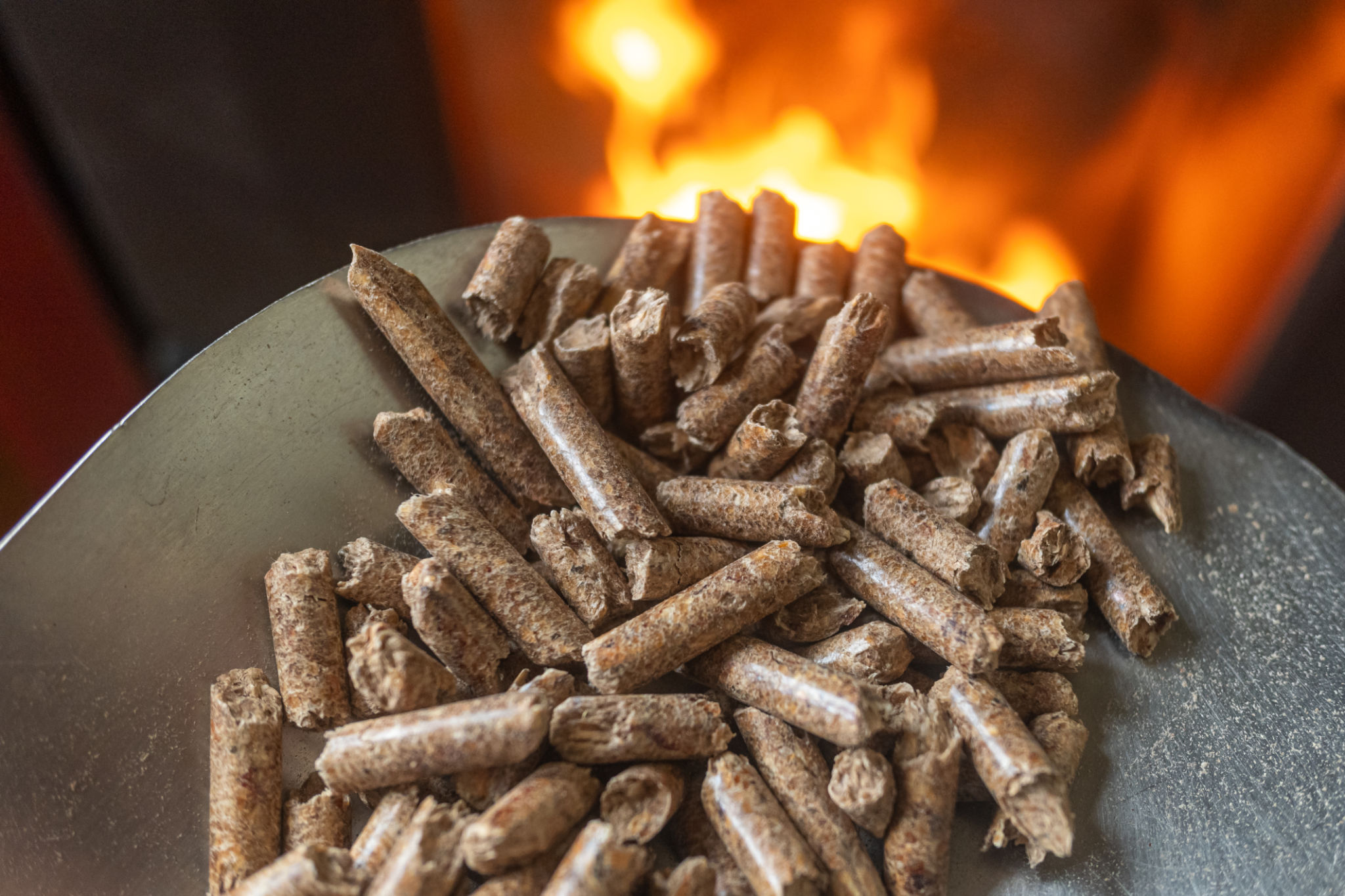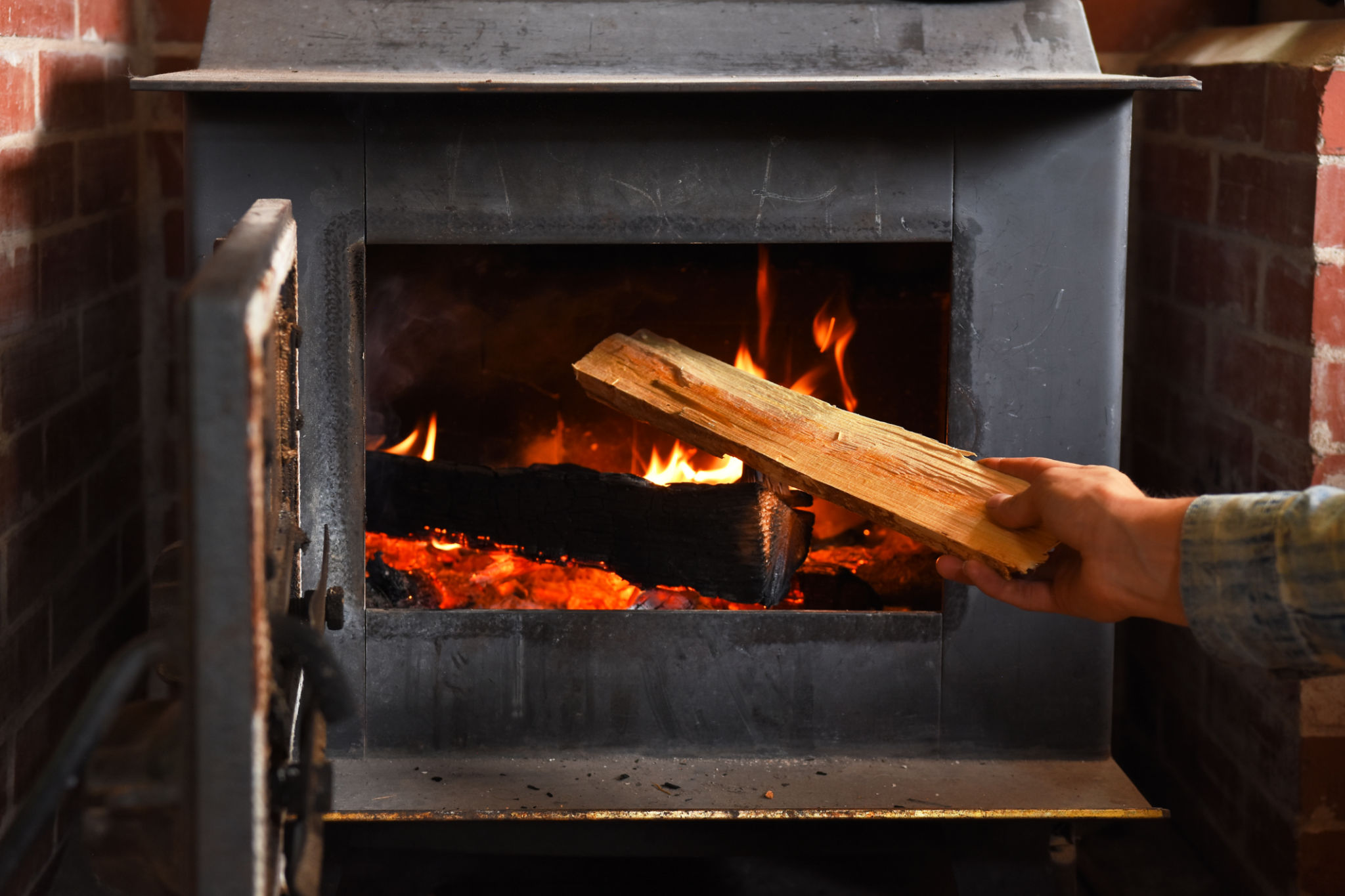How to Choose the Right Wood Pellets for Your Home Heating Needs
Understanding Wood Pellet Heating
Wood pellet heating is a popular choice for homeowners looking to reduce their carbon footprint while enjoying the warmth and comfort of a traditional heating system. Pellets are made from compressed sawdust and other wood waste materials, making them a sustainable and eco-friendly option. However, not all wood pellets are created equal, which is why it's important to understand what to look for when making a selection.

Types of Wood Pellets
There are two main types of wood pellets: premium and standard. Premium pellets are made from hardwood and contain a lower ash content, typically less than 1%. These are ideal for homeowners who want to ensure minimal maintenance and cleaner burning. Standard pellets, on the other hand, may contain a mix of hardwood and softwood, resulting in higher ash content. They are often more affordable but may require frequent cleaning of your heating system.
Choosing Between Hardwood and Softwood Pellets
The choice between hardwood and softwood pellets often depends on personal preference and stove specifications. Hardwood pellets are dense and burn longer, providing a steady heat output. Softwood pellets, however, ignite faster and can produce a higher heat output due to their resin content. It's worth checking your stove's manufacturer recommendations to see which type of pellet is best suited for optimal performance.

Factors to Consider When Selecting Wood Pellets
- Heat Output: Check the British Thermal Unit (BTU) rating on the pellet packaging to ensure it meets your heating requirements.
- Ash Content: Lower ash content means less cleaning and maintenance.
- Moisture Content: Pellets with low moisture content will burn more efficiently.
- Sustainability: Look for certifications like the Forest Stewardship Council (FSC) that indicate responsible sourcing.
Testing Pellet Quality at Home
If you're unsure about the quality of the pellets you're considering, there are simple tests you can conduct at home. Place a handful of pellets in water; high-quality pellets should sink rather than float. Additionally, rub two pellets together; they should produce only a small amount of dust. Excessive dust production can indicate poor quality or improper storage conditions.

Storage and Handling Tips
Proper storage is essential to maintaining the quality of your wood pellets. Store them in a dry environment, ideally in sealed containers or bags, to prevent moisture absorption. Moisture can cause pellets to expand or disintegrate, leading to inefficient burning and potential damage to your heating system. Avoid storing pellets directly on concrete floors where they might absorb moisture from the ground.
Cost Considerations
The cost of wood pellets can vary based on factors such as type, brand, and location. While it might be tempting to choose the cheapest option available, investing in higher-quality pellets can save you money in the long run by reducing maintenance costs and improving heating efficiency. Buying in bulk during off-peak seasons can also help you secure better prices.
By taking these considerations into account, you can make an informed decision on the best wood pellets for your home heating needs, ensuring comfort and efficiency throughout the colder months.